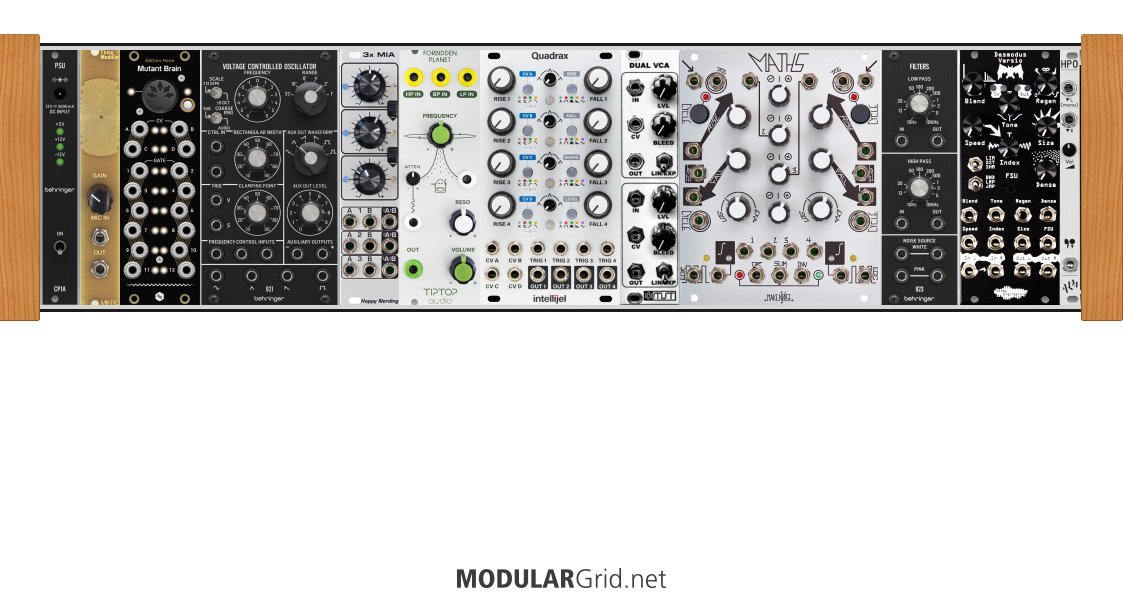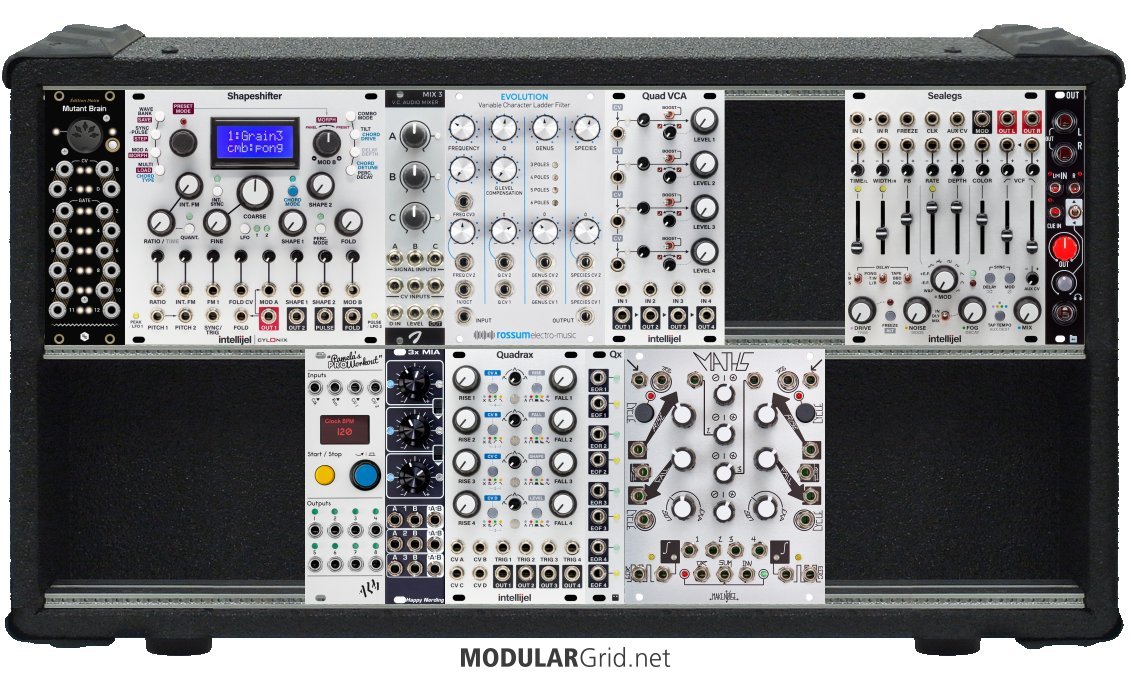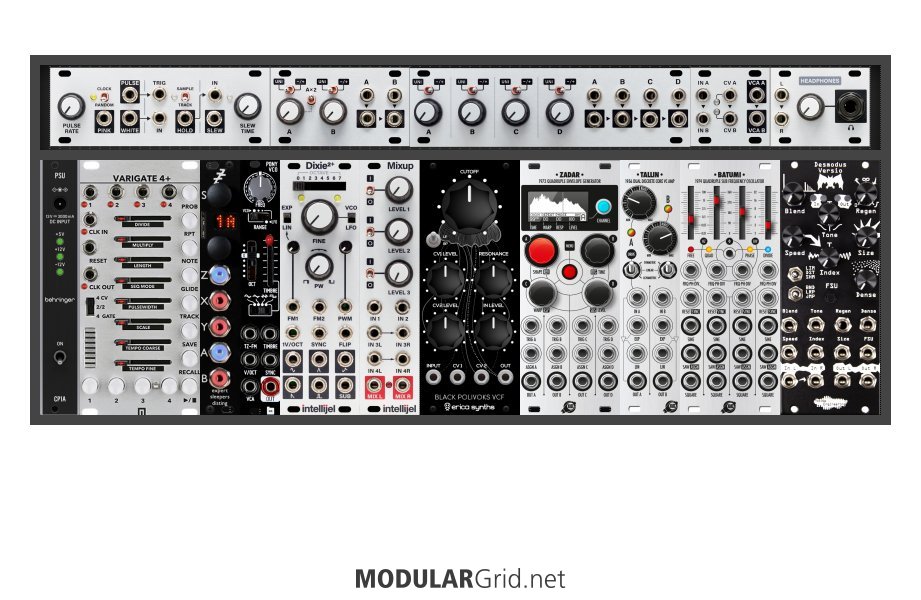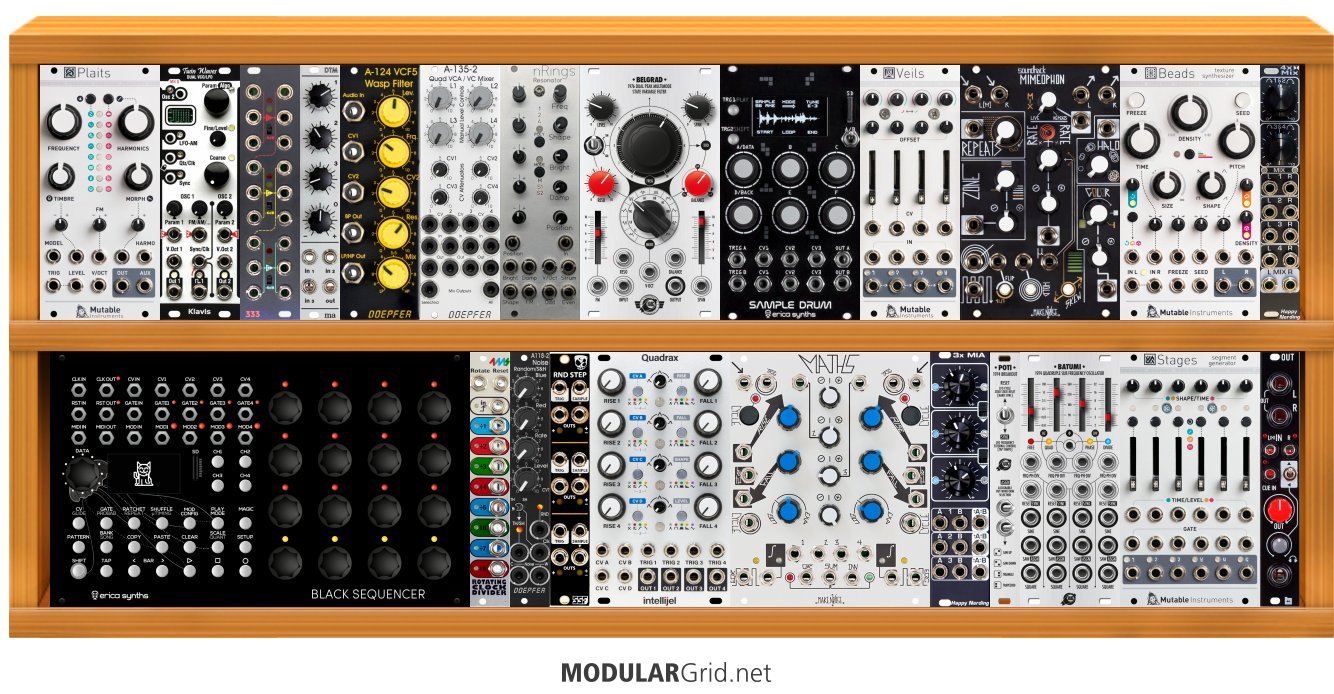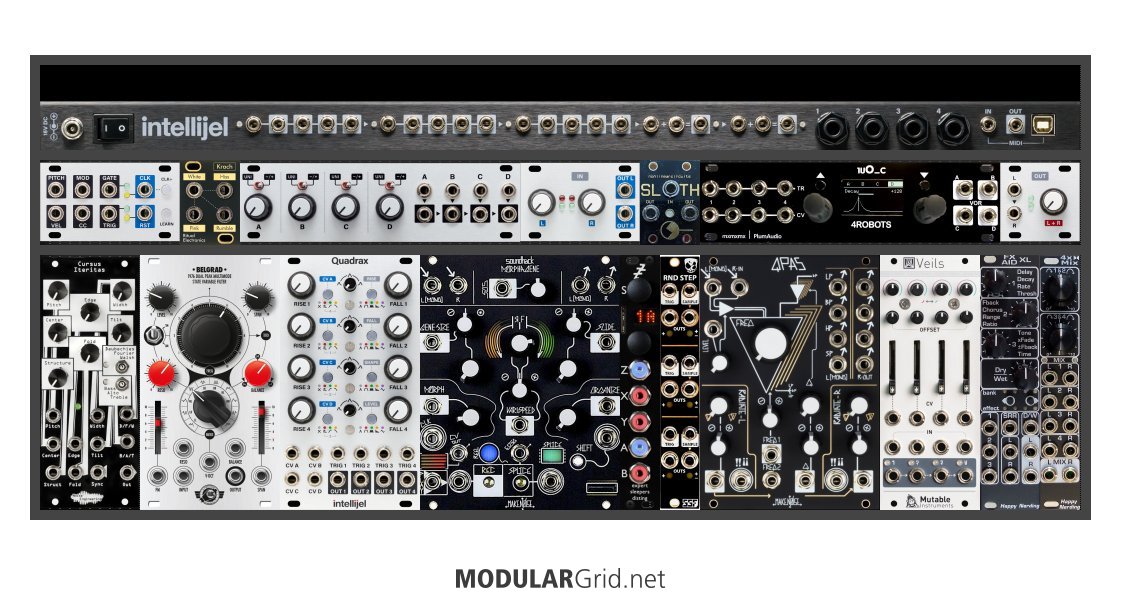Hello,
Since the SY0.5 is a percussion voice, the pitch precision of the modulating VCO will probably be less important in most contexts. However, according to the SY0.5 manual, the pitch input does track 1V/Oct, so you could potentially use it melodically. I have never used the SY0.5 (although I have considered picking one up), so I can't say how precisely it tracks. If it turns out that it tracks with less than perfect 1V/Oct, then it wouldn't matter how precise the modulating VCO is because they would be tracking differently. You would also have to combine the voltages with a precision adder beforehand since the the SY0.5 only has one pitch input. Of course, this is only relevant if trying to control the SY0.5 melodically and FM the pitch simulaneously. Ultimately, it comes down to how you intend to use the SY0.5 in combination with the modulating VCO.
The Befaco Pony might be a good choice: https://modulargrid.net/e/befaco-pony-vco. It's very compact (4HP) with lots of waveform possibilities (but only one output). I think the lower rating it has here on MG is due to some peculiarities with it's TZ-FM input, but I get lot of great sounds out of mine. If you want multiple simulaneous outputs like the Dixie 2 has, then a smaller alternative to look at might be the Doepfer A-111-3: https://modulargrid.net/e/doepfer-a-111-3.
I hope some of that helps!
Chace


